Archives
- 2025-11
- 2025-10
- 2023-07
- 2023-06
- 2023-05
- 2023-04
- 2023-03
- 2023-02
- 2023-01
- 2022-12
- 2022-11
- 2022-10
- 2022-09
- 2022-08
- 2022-07
- 2022-06
- 2022-05
- 2022-04
- 2022-03
- 2022-02
- 2022-01
- 2021-12
- 2021-11
- 2021-10
- 2021-09
- 2021-08
- 2021-07
- 2021-06
- 2021-05
- 2021-04
- 2021-03
- 2021-02
- 2021-01
- 2020-12
- 2020-11
- 2020-10
- 2020-09
- 2020-08
- 2020-07
- 2020-06
- 2020-05
- 2020-04
- 2020-03
- 2020-02
- 2020-01
- 2019-12
- 2019-11
- 2019-10
- 2019-09
- 2019-08
- 2019-07
- 2019-06
- 2019-05
- 2019-04
- 2018-07
-
Tunicamycin: Unveiling New Frontiers in ER Stress and Inf...
2025-10-21
Explore how Tunicamycin, a gold-standard protein N-glycosylation inhibitor, uniquely advances the study of endoplasmic reticulum stress and inflammation suppression in macrophages. This article delivers a translational perspective, integrating mechanistic insights with in vivo and in vitro applications rarely covered elsewhere.
-
Redefining Translational Research Workflows: Strategic De...
2025-10-20
This thought-leadership article explores the mechanistic and strategic value of TCEP hydrochloride (tris(2-carboxyethyl) phosphine hydrochloride) as a water-soluble reducing agent in translational research. We frame the biological rationale for its use, critically evaluate validation in next-generation assays, compare it against traditional reagents, and outline its transformative potential in clinical and emerging diagnostic contexts. Integrating new findings from studies on capture-and-release strategies, we provide actionable guidance for translational researchers seeking to elevate experimental sensitivity, reproducibility, and clinical impact.
-
Dehydroepiandrosterone (DHEA): Mechanisms and Advanced Ap...
2025-10-19
Explore the multifaceted biological roles of Dehydroepiandrosterone (DHEA), an endogenous steroid hormone, as a neuroprotection agent and modulator of granulosa cell proliferation. This article reveals new insights into DHEA’s mechanisms in neurodegenerative disease and polycystic ovary syndrome research.
-
Rapamycin (Sirolimus): mTOR Inhibitor as a Bridge Between...
2025-10-18
Explore how Rapamycin (Sirolimus), a potent mTOR inhibitor, uniquely intersects cell metabolism, neuroprotection, and disease modeling. Dive into novel mechanisms and cross-talk with ferroptosis pathways for innovative cancer and immunology research.
-
MTT: A Gold Standard Tetrazolium Salt for Cell Viability ...
2025-10-17
The MTT assay remains a cornerstone for in vitro cell proliferation and metabolic activity measurement, prized for its sensitivity and adaptability across research domains from cancer studies to antibiotic resistance. With robust workflows and troubleshooting guidance, MTT (3-(4,5-Dimethylthiazol-2-yl)-2,5-diphenyl-2H-tetrazolium bromide) offers precise, reproducible results even in challenging experimental setups.
-
Thiazovivin: Advanced ROCK Inhibition for Stem Cell Research
2025-10-16
Thiazovivin stands out as a powerful ROCK inhibitor that transforms protocols for induced pluripotent stem cell (iPSC) generation and human embryonic stem cell (hESC) survival. Seamlessly bridging reprogramming efficiency and cell survival, it offers reproducible results and troubleshooting flexibility for translational researchers. Discover how Thiazovivin can unlock experimental precision and advance both regenerative medicine and cancer biology.
-
Previous studies have demonstrated the presence
2023-07-06
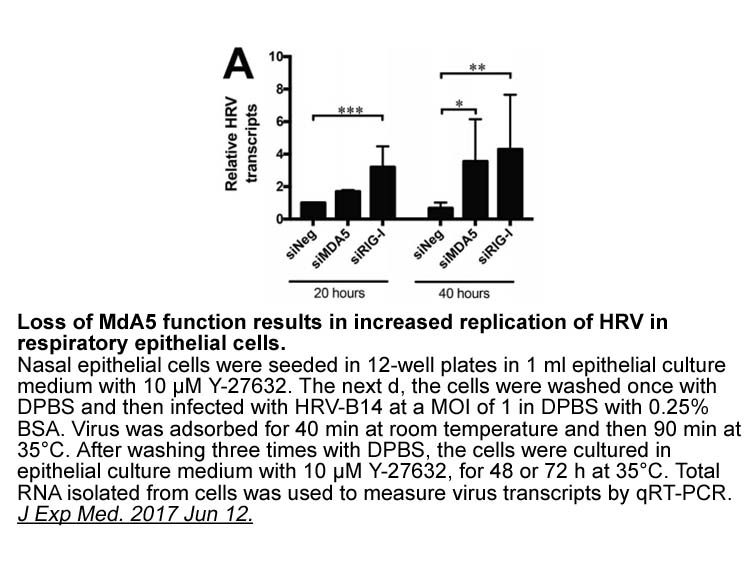
Previous studies have demonstrated the presence of soluble NTPDases, 5′-nucleotidase and adenosine deaminase in rat blood serum as well as in human blood (Doleski et al., 2016; Oses et al., 2004; Yegutkin, 1997; Yegutkin et al., 2007). In addition, our earlier reports have shown that these membrane-
-
G actin has a molecular weight of
2023-07-06
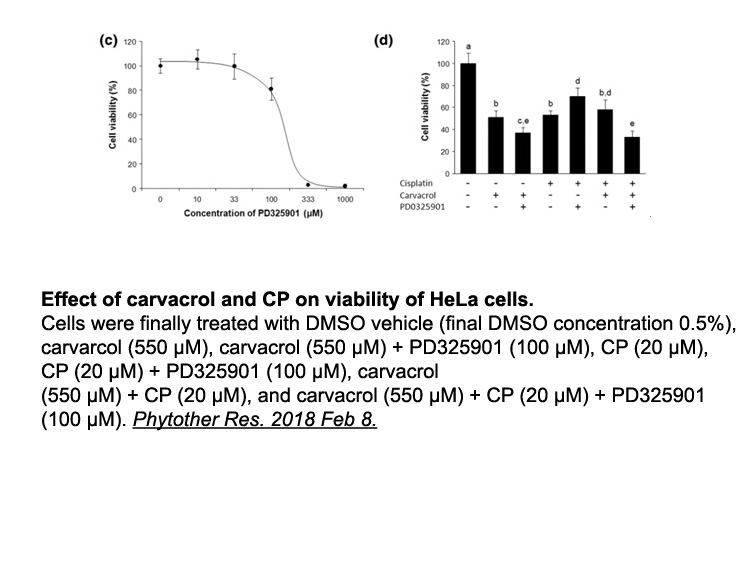
G-actin has a molecular weight of 42 kD and dimensions about 55 × 55 × 35 Å3. It consists of 375 amino acids arranged into two individual domains (Alberts et al., 2014). A central cleft bisects the protein into two aforementioned domains which surround a deep cleft containing ATP or ADP and a tightl
-
br ACK signaling partners ACK interacts with and
2023-07-06
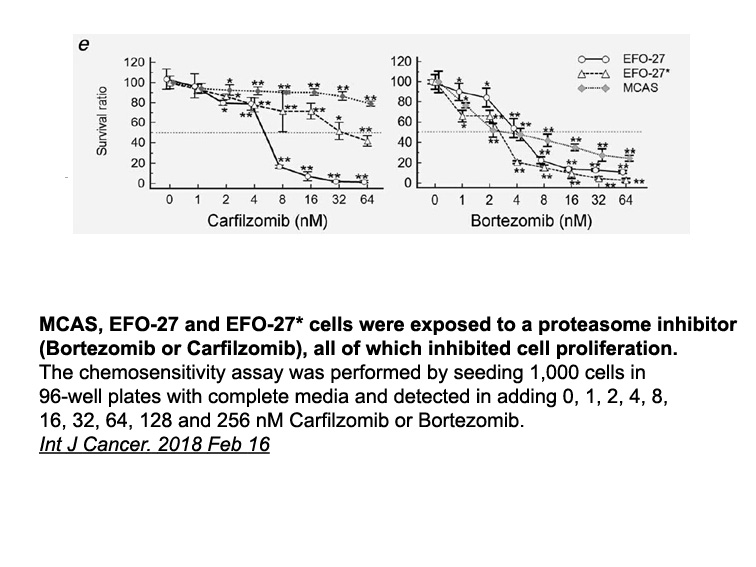
ACK1 signaling partners ACK1 interacts with and tyrosine phosphorylates many cellular proteins regulating critical cellular processes [11]. While ACK1 shares common intracellular effectors such as AKT with other signaling pathways, it imparts specificity to signaling by phosphorylating effectors
-
An alternative to the agonist or antagonist potential
2023-07-06
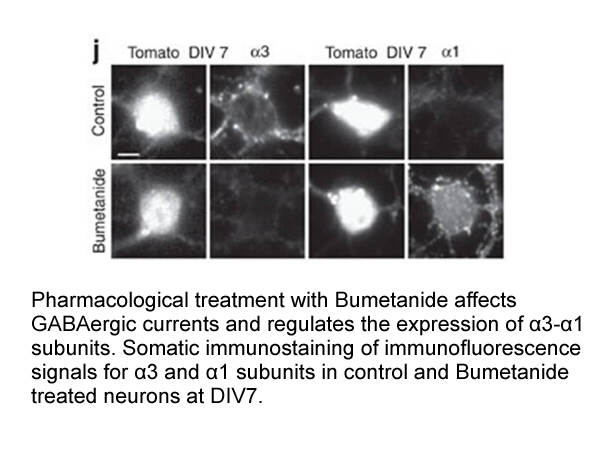
An alternative to the agonist or antagonist potential in drug discovery is the positive allosteric modulator (PAM) approach, which can augment the normal processes of neurotransmission as opposed to directly replacing or antagonizing them. PAMs are thought to bind to sites that are distinct from the
-
The acidification of endocytic compartments is closely relat
2023-07-05
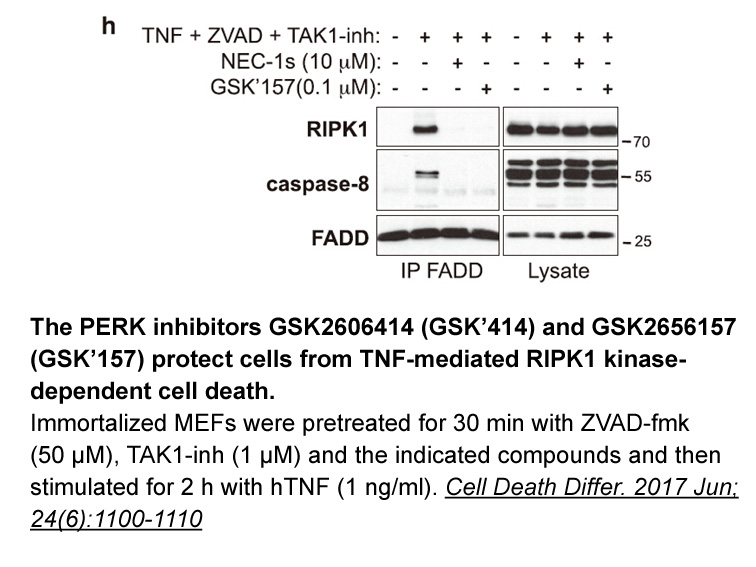
The acidification of endocytic compartments is closely related to endocytic activity, although the mechanism linking acidification and membrane dynamics is largely unknown. In a recent RNA interference (RNAi)-based screen, V-ATPase depletion blocked the formation of clathrin-coated vesicles, an effe
-
br The role of apelin in cancer
2023-07-05
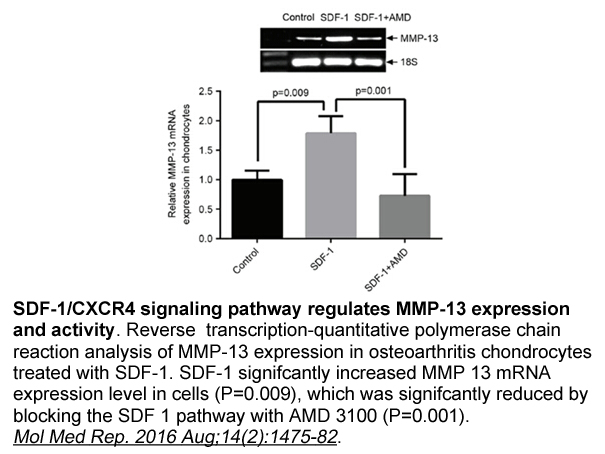
The role of apelin in cancer Studies on cancers are intensively conducted worldwide. It is thought that this large family of diseases is among the most studied. The researchers test newly-discovered substances hoping to find remedies and diagnostic indices for this illness. One of such substances
-
The application of diuretics induce an increased
2023-07-05
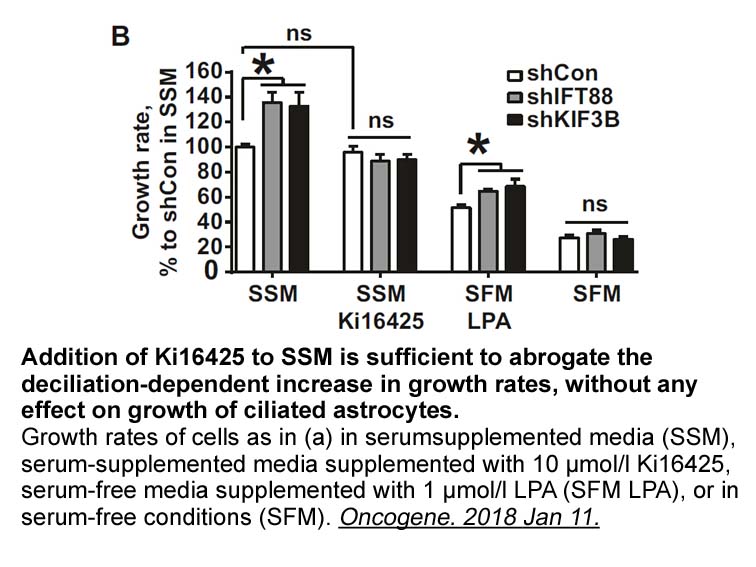
The application of diuretics induce an increased rate of water exiting brain cells encouraging the formation of increased intracellular polyphosphoric acid. In the absence of the diuretic water is retained in cells converting polyphosphoric IOX4 sale to monophosphoric acid. The latter change decrea
-
Overexpression of AR in a transgenic mouse model leads to
2023-07-05
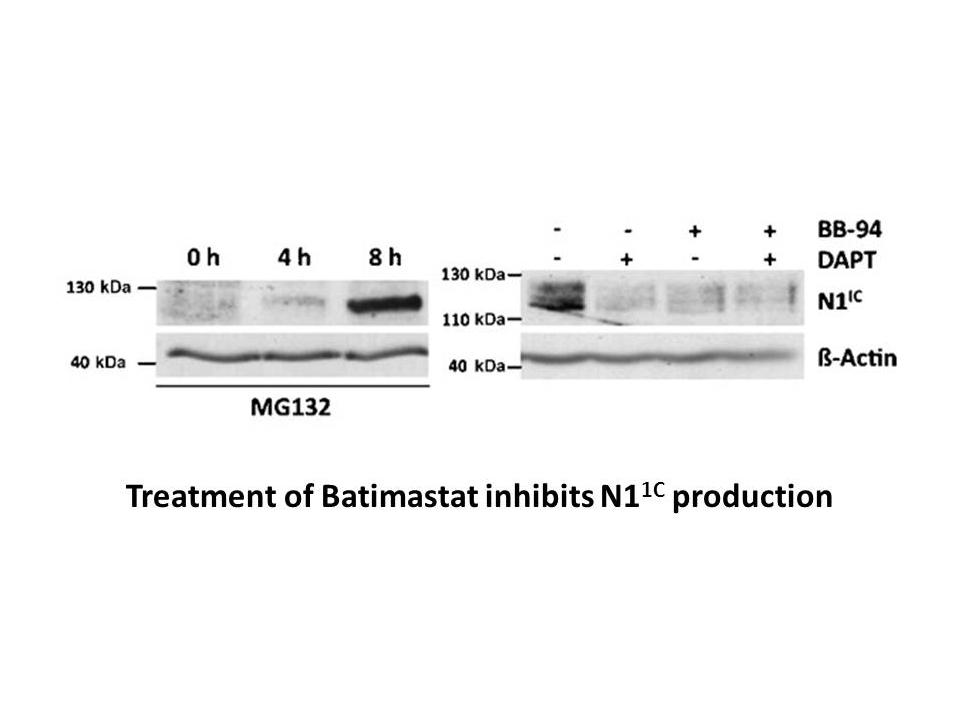
Overexpression of AR in a transgenic mouse model leads to a capsular cataract phenotype involving proliferation and formation of a fibrotic plaque of cells reminiscent of cells at the posterior HQNO in PCO [17]. To investigate the molecular mechanism that could link AR expression to this phenotype,
-
Topotecan HCl Spectroscopic techniques are powerful biophysi
2023-07-05
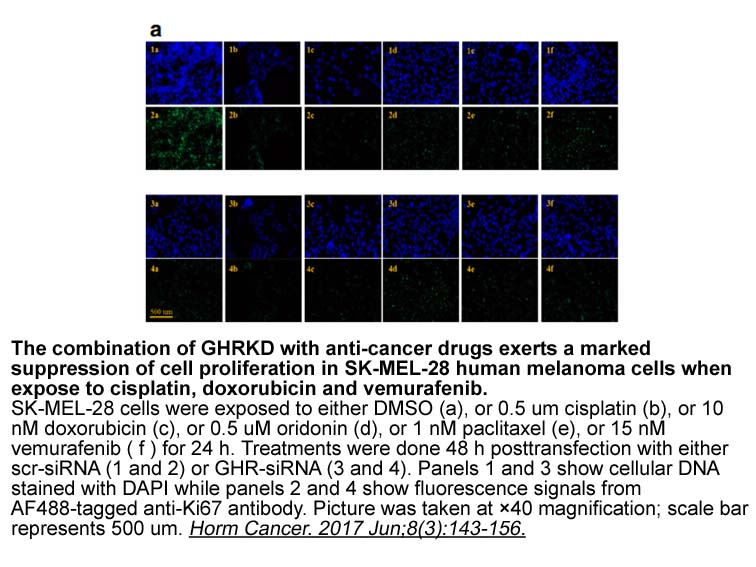
Spectroscopic techniques are powerful biophysical tools used in the study of biomolecular structures, including those of proteins. UV–Vis Topotecan HCl spectroscopy makes use of absorption property of the protein peptide backbone at around 218 nm, and aromatic amino acid residues primarily at aroun